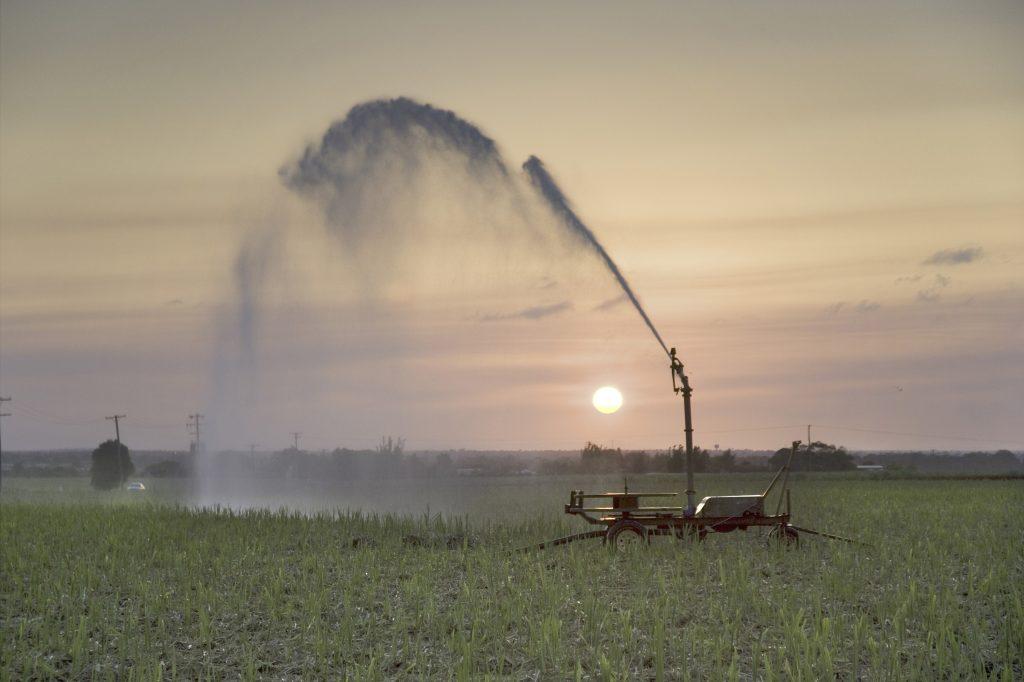In January, the World Economic Forum released its Global Risks Report 2023. For almost two decades this report has been the pre-eminent source of global risk data—the insights it provides are only becoming more valuable as the lines between diplomacy, trade and national security increasingly blur. It’s a sobering reminder that the conditions under which Australia has prospered are rapidly and irrevocably changing.
The report identifies and analyses a ‘top 10’ risks facing humanity on a two- and 10-year time horizon. It also outlines four emerging future scenarios for 2030 that explore growing resource rivalry in the context of the ‘interrelated environmental, geopolitical, and socioeconomic risks relating to the supply and demand for natural resources’.
Global cooperation and the impacts of climate change are identified as two critical factors that will determine whether the world can meet demand for resources like food, water and critical minerals. The report rightly highlights these necessities as underpinning societal stability. Australia is uniquely positioned globally as we largely enjoy an excess of these resources—especially food.
Concern is growing about the cumulative impact of continuous, and increasingly concurrent, crises on Australia’s resilience. We can anticipate that challenge will only grow, but so too will the opportunities for Australia if it can effectively prepare for and mitigate these.
The report’s four scenarios to 2030 are ‘Resource Collaboration—the danger of natural scarcity’, ‘Resource Constraints—the danger of divergent distress’, ‘Resource Competition—the danger of resource autarkies’ and ‘Resource Control—the danger of resource wars’.
Consistent across each scenario is the assumption that supply of food will fail to meet demand for critical resources because of environmental, geopolitical and social risks. What differs is their assumed collaboration between countries in meeting those challenges and how that effects each risk and its impacts over time.
Australia’s challenge right now is understanding which of these scenarios is most likely, establishing whether it is prepared, and avoiding unwittingly contributing to a worst-case scenario.
In a perfect world, Australia would maximise collaboration with international trading partners, facilitate freer trade and work together to effectively tackle climate change impacts. This is consistent with the report’s ‘Resource Collaboration’ scenario. But as highlighted by the recent Defence Strategic Review, we do not live in a perfect world.
The reality is that despite Australia’s best efforts, great-power competition, coercive economic activity, divided loyalties and climate change impacts will still create serious risks that we all must live with, prepare for and respond to.
More likely than the best-case ‘Resource Collaboration’ scenario is the report’s ‘Resource Control’ scenario, and if things go their worst, Australia should also be prepared for the possibility of ‘resource wars’.
To do this, Australia should focus more than ever on its production of food and other critical resources. The Food and Agriculture Organization estimates that global food consumption will grow by 1.4% per annum over the coming decade, with that growth concentrated in mainly low- and middle-income countries. In comparison, agricultural production is estimated to grow by just 1.1%.
It’s here that Australia has an opportunity to assert greater geopolitical influence, promote liberal values and deepen its strategic relationships. It may not be one of the world’s largest exporters of food and other critical resources, but it is highly efficient, safe and reliable and can play a large role in meeting growing demand—and in bringing the concept of bonding over food to the international stage.
Whether it can take that opportunity depends on its productive capacity. This means safeguarding the supply of key input requirements and maximising the agrifood industry’s ability to respond to climate events.
This presents Australia with the vexing challenge of finding a balance between protecting key strategic inputs and staying open enough to get those resources out onto the market easily.
Amid all the current discourse, leaders must also acknowledge that producing critical resources, particularly food, is a potent tool of influence and stability. Then, they can push for further strategic investment in critical infrastructure that protects Australia’s productive capacity and key input requirements and step up to the opportunity this resource squeeze is presenting them.
It’s not only government’s responsibility to prepare. All stakeholders in the agrifood sector—and in other critical production sectors—must realise that the conditions under which Australia has prospered in the past are rapidly changing. This reality has been brought into sharp focus by the Defence Strategic Review and is one that demands preparation and investment to adapt to a world of intensifying resource rivalry.
Balancing strategic protection with promoting openness will be key to navigating the resource rivalry scenario the report warns of. It will also be key to achieving the open, stable and predictable region spoken of by Australia’s foreign minister. If Australia achieves this balance, it can use its critical resources, particularly food, as a key element of its national power and to much greater geopolitical effect.


